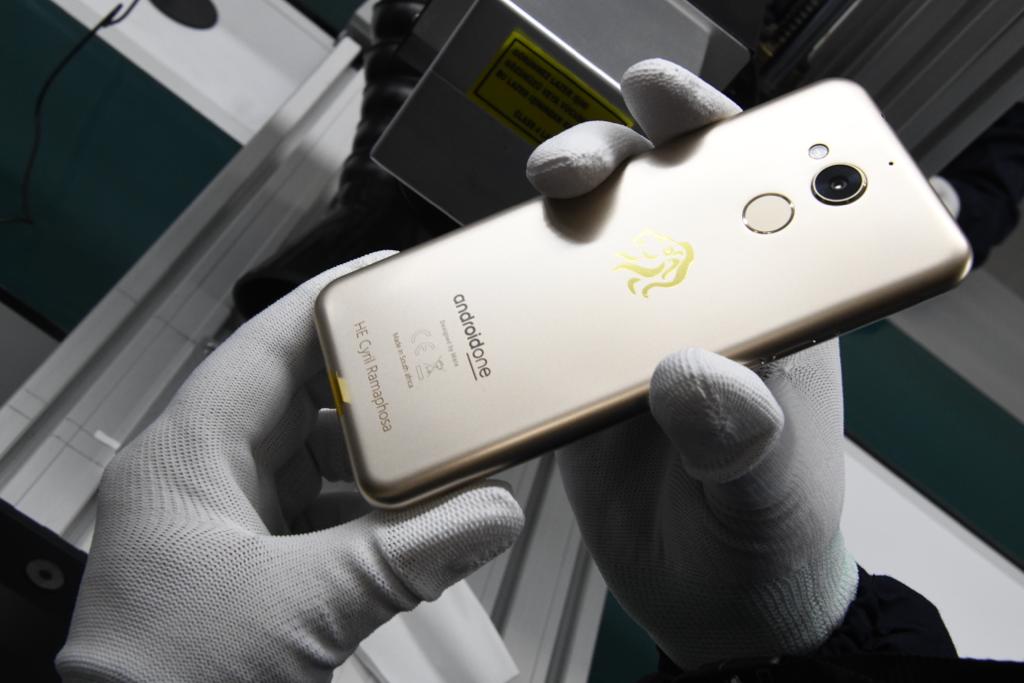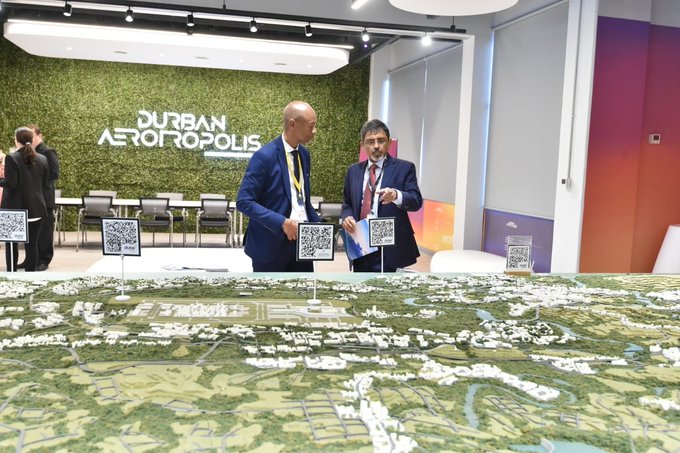Riyaz Patel
The programme of reviving the South African economy is beginning to bear fruit, President Cyril Ramaphosa has said, officiating at the much-anticipated launch of the Mara Phone manufacturing plant at the Dube Trade Port in Durban.
Mara’s debut comes 12 months after company CEO Ashish Thakkar announced at the inaugural Africa Investment Forum in November last year that the company would invest R1.5bn in a South African business venture over the next five years.
The Rwanda-based Mara group today took the President on a tour of the modern state-of-the-art plant at the Dube Trade Port Special Economic Zone.
The plant is anticipated to have an annual production capacity of over 1.2 million handsets of the Mara X and Mara Z cellphones.
A total of 200 people are employed at the plant with 94% of them being youth, while 67% are women.
Ramaphosa said the Mara Phone venture was giving practical effects to government’s investment drive.
“It was described as a pipe dream. Today we are reaping the fruits of what was promised.”

“We are delighted about this great launch because it is going to instill a lot of confidence in other manufacturers that South Africa indeed is a place where they should all come and invest. We are delighted because Mara is a proudly African venture that is producing a South African product.”
He said the company’s effort represents a great advance in the technological and electronical sector.
“We are delighted that you are increasing our technological capabilities by bringing your company here and emboldening the skills talent that we have,” he added.

In his State of the Nation Address, President Ramaphosa said special economic zones, such as the Dube Trade Port, are important instruments and mediums of attracting foreign investment as well as domestic investment.
“Durban is especially well positioned but we actually add to that positioning by having that special SEZ. This in itself is a very good foundation to catapult our country to higher levels of growth,” Ramaphosa said.
He also praised Thakkar an African patriot.
“He is clear, he’s articulate, he’s a visionary and knows exactly what he wants to achieve.”
Thakkar, in turn, thanked Ramaphosa and the South African government for pushing the company deliver on its undertaking.

“We have come to South Africa much, much sooner than we have initially planned. We did this because of your vision of making South Africa shine again as a true investment destination and creating real jobs for our youth. It is truly working and we are proof of that,” he said.
As an African investor with investment in 25 African countries, he said venturing into South Africa has been a phenomenal experience.
“We Africans really do walk that talk. Today is history in the making. [It is] a dream for South Africa, a dream for Africa, a dream for Mara, come true,” said Thakkar.
“The people of [KZN] are profoundly grateful and honoured to make history and open the first South African cellphone production plant,” KwaZulu-Natal Premier Sihle Zikalala said.
Trade and Industry Minister Ebrahim Patel said he is heartened to see Africa changing the narrative of being a consumer of goods to that of a producer.
“We are changing that storyline with cars, with fibre optic cables, with television monitors, with food and now with smartphones … It is good to see this,” he said.
He added that Thursday’s launch was critical in cementing KZN as a centre of advanced manufacturing.

“The KZN manufacturing sector employs 350 000 people and it’s the sixth largest manufacturing sector in the African economy. The implementation of the SEZ programme at the Dube Trade Port supported this growth in manufacturing.
“If you walk around you will see fibre optic cables being made, television monitors being assembled … We are moving forward,” said Patel.
